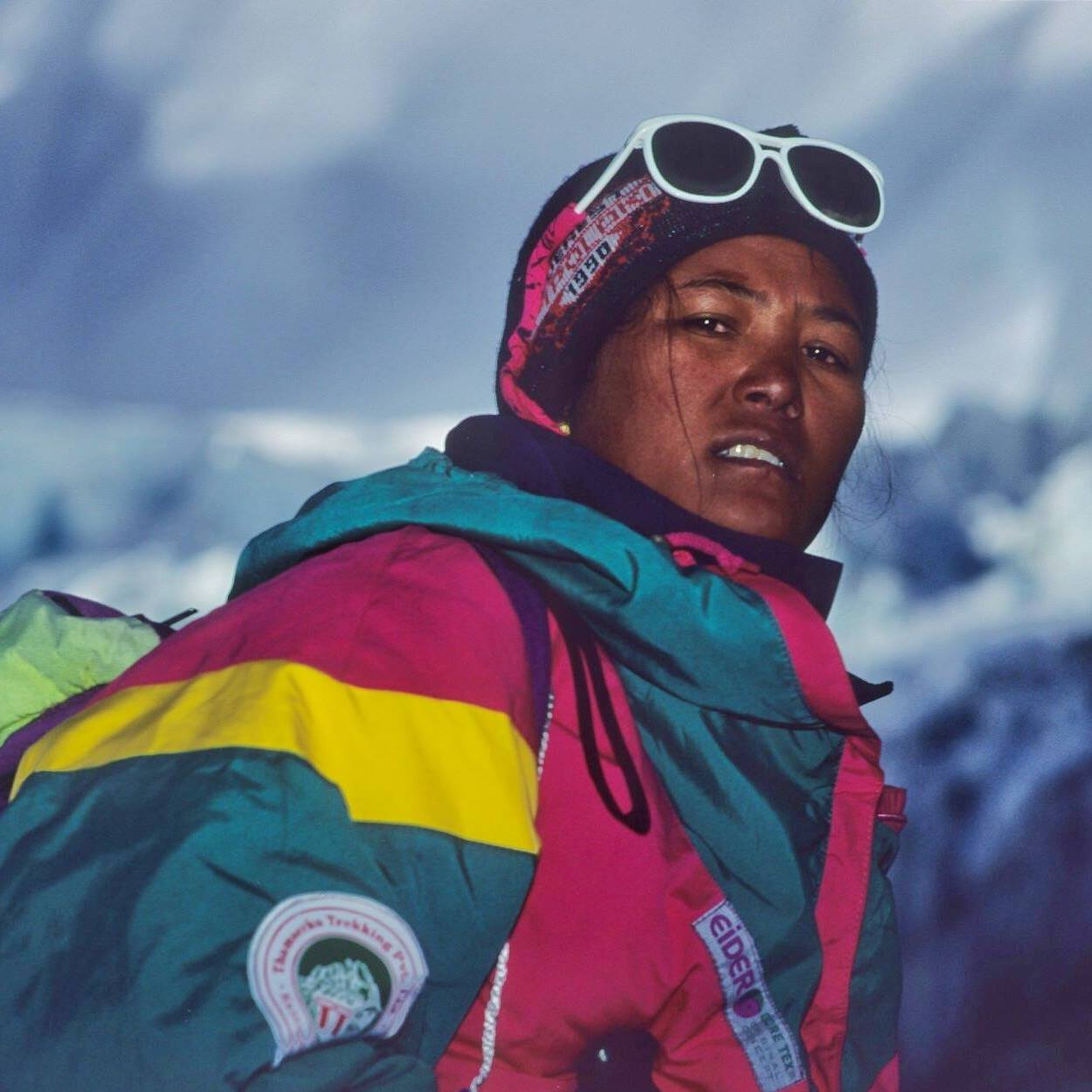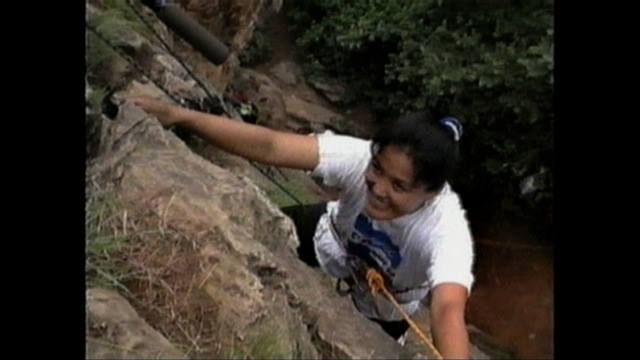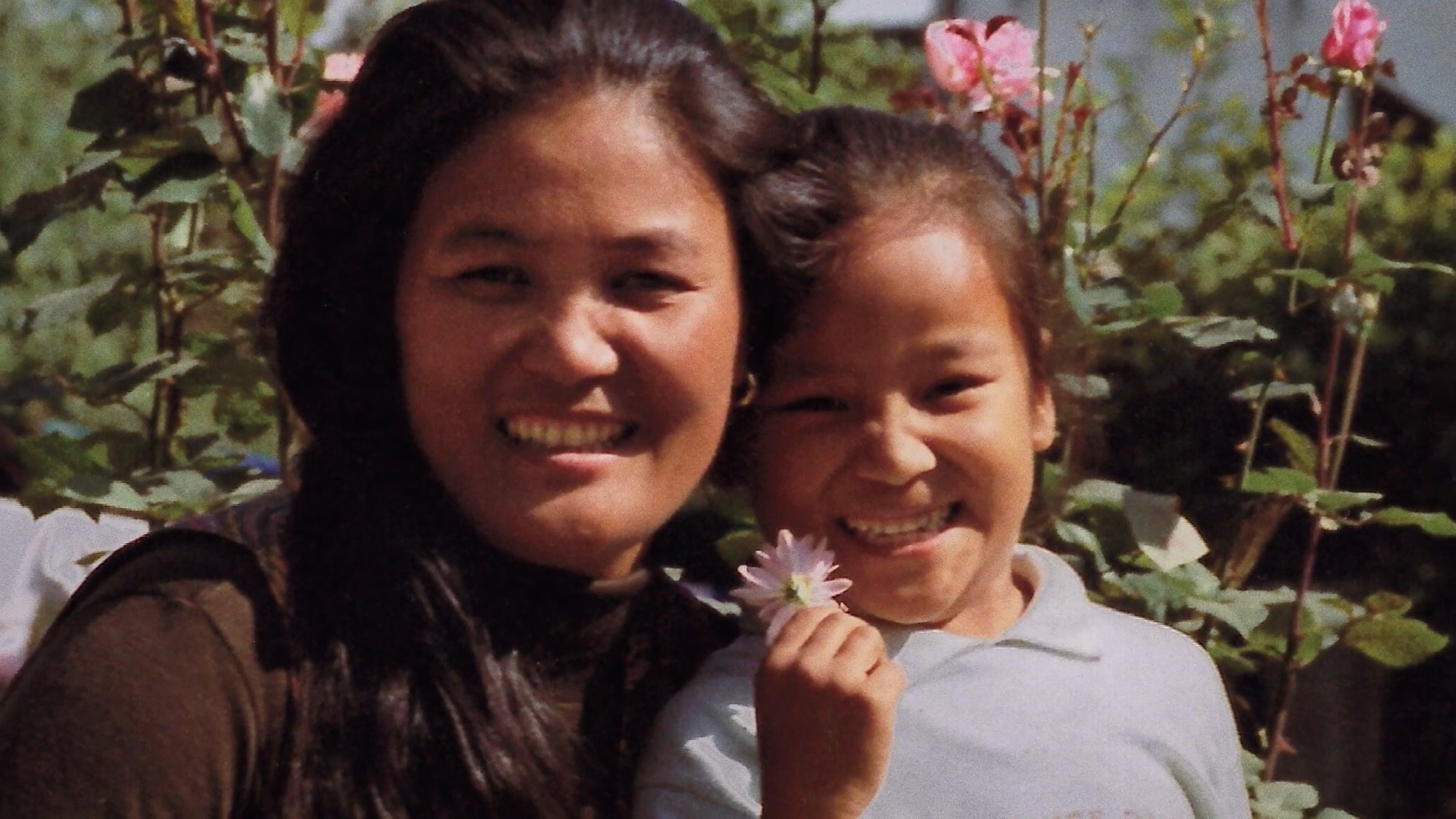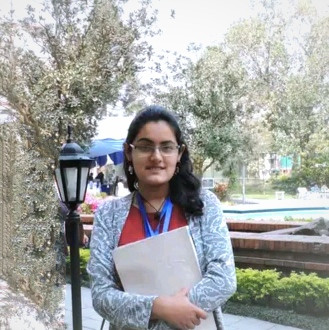Arts
“Isn’t Everest our mountain too? Can we not climb it?”
These are the kind of questions Pasang Lhamu Sherpa would shoot back at people who asked her why she was so inclined to climb Mount Everest, in whose shadow she was born and raised.
It was early 1990s, the aftermath of the first People’s Movement of 1990 in Nepal that forced King Birendra to end partyless Panchayati system restore multiparty democracy.
Back then, how much would one risk to be a pioneer female Everest-climber in a male-dominated field and a patriarchal society like Nepal?
But Pasang Lhamu Sherpa, then 32 and already a mother of four children, risked everything – including her life – to achieve that feat, becoming the first Nepali woman to scale the world’s highest peak on April 22, 1993.
Now her awe-inspiring life and times have been chronicled in a new documentary that’s earning accolades from audiences on the other side of the planet – in the United States.
The new documentary Pasang: In the Shadow of Everest is winning audiences’ hearts and minds across the US since its world premiere at the Santa Barbara International Film Festival on March 3 in California.
The documentary is due to be screened next at the Breck Film Festival in Breckenridge, Colorado from September 15-18.
After creating waves in the film festivals in the US - and winning 13 awards internationally, the documentary is expected to be screened in Nepal as well.
The producers of the documentary intend to bring the film to Nepal in Spring of 2023 to coincide with the 30th Anniversary of Pasang Lhamu Sherpa's historic summit of Everest.
Pasang Lhamu, a national hero

Photo: Pasang Movie/Facebook
Pasang Lhamu Sherpa was a housewife but – seeing hordes of local and western climbers heading for Everest from Surke, near Lukla, the gateway to Everest, where she was born and raised - she fancied climbing the world's tallest peak, a dream she followed through till she finally made it in 1993.
"I was not born a mountaineer. I am a housewife. I am trying and hopeful that I will succeed. If other people try, they will succeed too,” Pasang told a 1993 meeting of government officials presided over by the then prime minister Girija Prasad Koirala before she embarked on her Everest mission.
“It is difficult to follow your dreams without your character and motivation being questioned” a female voice is heard saying in the background in the trailer of the documentary.
‘Pasang: In the Shadow of Everest’ chronicles the climber's tragic yet inspiring journey.

Photo: Pasang Movie/Facebook
Pasang Lhamu's fateful feat inspired scores of young Nepali women to break boundaries in her wake and push themselves to the limit.
In the three decades since, as many as 54 Nepali women have climbed Everest and the world's toughest high mountains, including Pakistan's K2 which is widely considered as the most challenging mountain to summit.
Summing up her story a line on the official website of the documentary, pasangmovie.com reads: “As an uneducated, indigenous woman and a Buddhist in a Hindu kingdom, Pasang’s dream to scale the legendary mountain pits her against family, foreign climbers, her own government, and nature itself.
“Her determined pursuit of Everest plays out within the context of her nation’s quest for democracy and the emergence of the commercial climbing industry.
“Pasang: The Shadow of Everest, documents her historic quest that would transfix her country and uplift a new generation’s belief in its possibilities.”
On the fateful morning of April 22, 1993, she was on her way down the slopes of Everest when she was suddenly caught in bad weather and died. Yet her feat inspired a whole new generation of Nepalis, chiefly women, to pursue their dreams and achieve them just the way Pasang Lhamu did.

Screenshot from the documentary 'Pasang: In the Shadow of Everest'.
The trailer of the documentary itself gives goosebumps through its cinematography, storytelling, and presentation of ‘Nepal Tara’, one of Nepal's highest states honours given to her by late King Birendra.
Though Pasang Lhamu Sherpa is a household name in Nepal, it is important for the world to know the history and legacy she created that inspired a quiet movement for women's empowerment in Nepal. This is directly reflected in the trailer of the documentary.
"What my mom did must have turned some people's world upside-down," says one of her daughters in the movie.
Adds Norbu Tenzing, the son of Tenzing Norgay Sherpa: “There are two national heroes in Nepal: my father Tenzing who summited Everest with Hillary in 1953 and Pasang Lhamu Sherpa, who became the first Nepali woman to summit in 1993. My father is well known – Pasang is not. This film can bring her inspirational story to the world.”
Similarly, writer Britni Rillera of Reel News Daily sees it as “a poignant example of the many untold tales of female heroism that are frequently under-recognised.”
"Pasang: In The Shadow of Everest is an inspiring story that deserves the attention and recognition of international audiences,” remarks Rillera.
Pasang Lhamu’s story

Nancy Anne Svendsen, the director of Pasang: In the Shadow of Everest.
Nancy Anne Svendsen is the director and producer of the documentary. ‘Pasang: In the Shadow of Everest’ is her first feature documentary.
In an interview published in alanarnette.com, a blog by mountaineer Alan Arnette, on November 28, 2017, the blog writer states Svendsen learned of Pasang’s story through her brother-in-law, Ang Dorjee Sherpa. She then thought that “the world needs to know this story”.
Svendsen then roped in Alison Levine as an executive producer, herself an Everest summiteer in 2010, and NYT bestselling author for her book, On the Edge: The Art of High Impact Leadership.
There are also consultants, staff, and other contributors who have contributed to bringing out this movie.
The filmmaking team comprises Writer/Producer Sharon Wood; Editor Jeffrey Friedman; Editor Sari Gilman; Director of Photography Martina Radwan; Film Composer Todd Boekelheide; Producer Christy McGill; Consulting Producer/Writer Adam Keker; Producer/Contributing Editor Richard Levien; Associate Producer Andrea Pierpont; and Tsering Rhitar Sherpa, who handled the Nepal production of the documentary.






